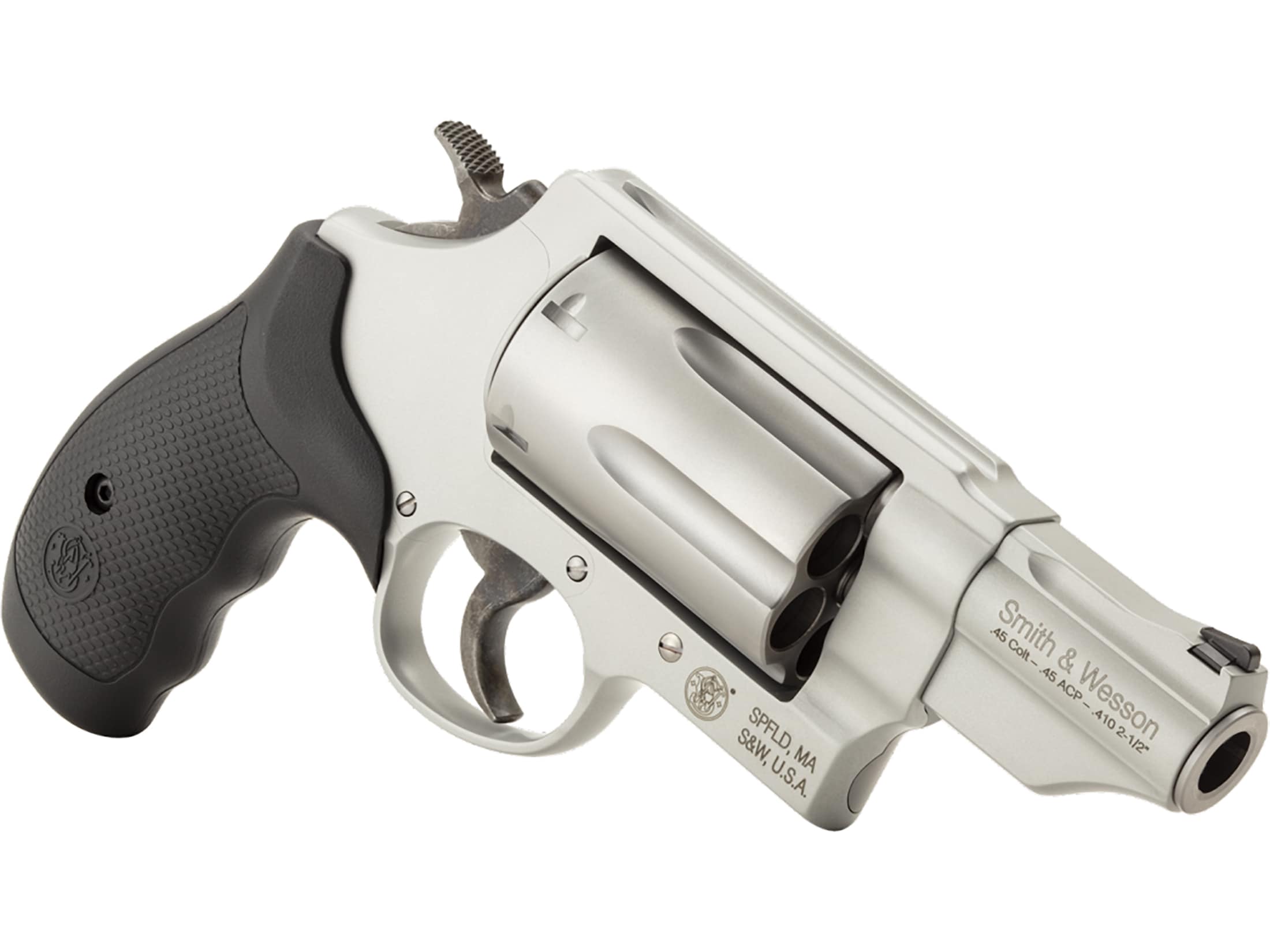Military Squad Roles

Introduction to Military Squad Roles

In the military, a squad is the smallest unit of soldiers that operates together as a team. Each squad member has a specific role to play, and understanding these roles is crucial for effective teamwork and mission success. The typical military squad consists of 9 to 13 soldiers, depending on the country and the specific branch of the military. In this post, we will delve into the various roles within a military squad, exploring their responsibilities and how they contribute to the overall mission.
Military Squad Structure

A military squad is usually led by a squad leader who is responsible for making tactical decisions and ensuring the squad achieves its objectives. The squad leader is often assisted by a team leader or assistant squad leader who can take over if the squad leader is incapacitated. The rest of the squad is divided into teams, each with its own specific role. These teams may include a rifle team, a machine gun team, and sometimes a grenadier or designated marksman.
Rifle Team

The rifle team is the backbone of the squad, providing the primary firepower. This team typically consists of 4 to 6 soldiers, each equipped with a rifle. Their primary role is to engage enemy forces with precision and to provide suppressive fire when necessary. Members of the rifle team must be proficient in marksmanship, capable of operating in various environments, and able to work well under stress.
Machine Gun Team

The machine gun team provides the squad with heavy firepower, capable of laying down a high volume of suppressive fire. This team usually consists of 2 to 3 soldiers: a gunner who operates the machine gun, an assistant gunner who helps feed the ammunition and maintains the gun, and sometimes a third member who carries additional ammunition and provides security. The machine gun team plays a crucial role in pinning down enemy forces, allowing the rifle team to maneuver.
Grenadier/Designated Marksman

Some squads include a grenadier, who is equipped with an grenade launcher attached to their rifle. The grenadier’s role is to provide high-explosive firepower, capable of targeting enemy positions behind cover. In other cases, a squad may have a designated marksman, who is equipped with a sniper rifle or a designated marksman rifle. The designated marksman provides long-range precision fire, targeting high-value targets such as enemy leaders or sniper positions.
Communication and Medical Roles

Effective communication is key to the success of any military operation. Within the squad, there is usually a radio telephone operator (RTO) who is responsible for maintaining communication with higher headquarters and other squads. This role is critical for calling in artillery or air support, requesting medical evacuation, and receiving mission updates. Additionally, each squad typically has a medic who provides medical care to wounded squad members. The medic’s role is to stabilize casualties and prepare them for evacuation, as well as to provide basic medical care to prevent further injury.
Tactical Operations

In tactical operations, the coordination between different squad roles is paramount. The squad leader must be able to effectively utilize each team to achieve the mission objective. This may involve the rifle team providing suppressive fire while the machine gun team lays down a base of fire, allowing the grenadier or designated marksman to target enemy positions with precision. Meanwhile, the RTO maintains communication with other units, and the medic stands ready to provide medical assistance as needed.
💡 Note: The specific roles and structure of a military squad can vary significantly between different countries and branches of the military, reflecting doctrinal differences and the specific operational environment.
Training and Teamwork

To function effectively, squad members must undergo rigorous training that emphasizes teamwork, communication, and role-specific skills. This training includes basic combat skills, first aid, radio operation, and tactical maneuvers. Squad members must also understand their role within the larger context of the mission and be able to adapt to changing situations. The bond between squad members, built through shared experiences and mutual reliance, is a critical factor in their ability to operate effectively under stress.
Conclusion and Final Thoughts

In summary, the roles within a military squad are designed to work together seamlessly, each contributing their unique capabilities to achieve the mission objective. From the rifle team’s precision firepower to the machine gun team’s suppressive capabilities, and from the grenadier’s high-explosive rounds to the communication and medical support, every role is vital. Understanding these roles and how they interoperate is essential for military professionals and fascinating for those interested in military tactics and operations. The effectiveness of a military squad is a testament to the power of teamwork, strategic planning, and adaptability in achieving success in challenging and dynamic environments.
What is the typical size of a military squad?

+
The typical size of a military squad can range from 9 to 13 soldiers, depending on the country and the specific branch of the military.
What are the primary roles within a military squad?

+
The primary roles include the squad leader, team leaders, rifle team, machine gun team, grenadier or designated marksman, radio telephone operator (RTO), and medic.
How do the different teams within a squad work together?

+
The teams work together by providing complementary capabilities - the rifle team provides precision firepower, the machine gun team lays down suppressive fire, the grenadier or designated marksman targets enemy positions with high-explosive rounds or precision fire, and the RTO and medic provide communication and medical support, respectively.



